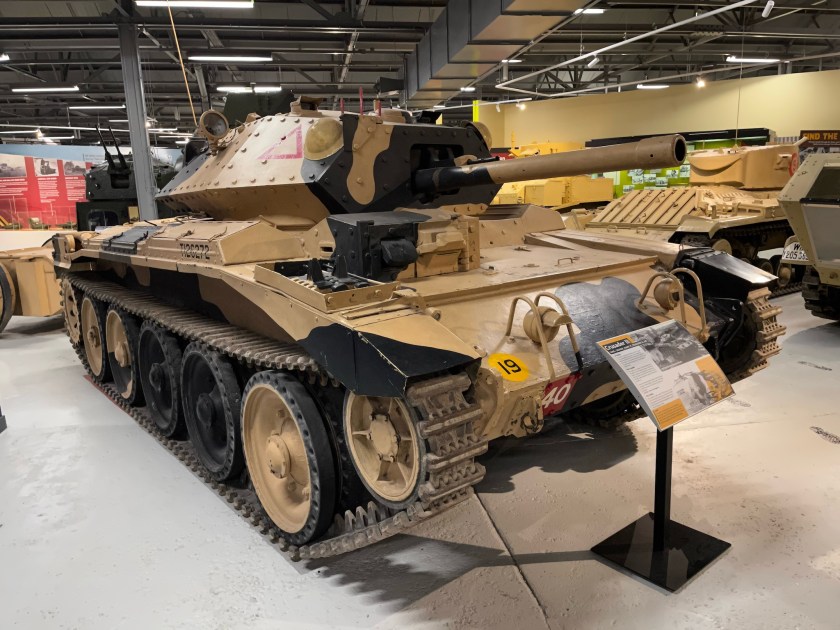The M3 Lee was an American medium tank used during World War II. It was a stopgap design that was quickly developed in response to the need for a more powerful tank than the M2 Medium Tank. The M3 had a unique design with a main gun in a sponson on the hull side, and a smaller machine gun turret in the center. This design was not ideal, as it made the tank’s silhouette very high and made it difficult to aim the main gun.
This M3 Grant Medium Tank was on display at Bovington.
Despite its flaws, the M3 was a reliable and sturdy tank. It was also well-armed, with a 75mm main gun and a .30-caliber machine gun in the turret. The M3 was also relatively easy to produce, which was important for the United States, which was not yet fully mobilized for war.
The British Army received a large number of M3 tanks under the Lend-Lease program. The British were not happy with the M3’s design, and they insisted on modifications, including a different turret. The British-modified M3s were called “Grants,” while the original American-designed tanks were called “Lees.”
The main asset of the tank, from the British point of view, was the 75mm gun which could fire high explosive and armour piercing ammunition. The former was the perfect answer to Rommel’s imaginative use of anti-tank guns and there is no doubt that Grant tanks were largely responsible for halting Rommel’s attack during the key battle of Alam Halfa.
For all that the Grant was a difficult tank to fight in. The low position of the main gun meant that it was impossible to conceal and the tank often had to swing round in order to bring this gun to bear. Riveted construction was also a serious liability by 1942 while the 37mm gun, in the turret, was all but useless.
Both the Lee and Grant tanks saw extensive service with British forces in North Africa, Italy, and the Far East. The tanks were not the best in the world, but they were reliable and sturdy, and they played an important role in the Allied victory.
M3A5 General Grant II (Monty’s) at the Imperial War Museum in Duxford.

























